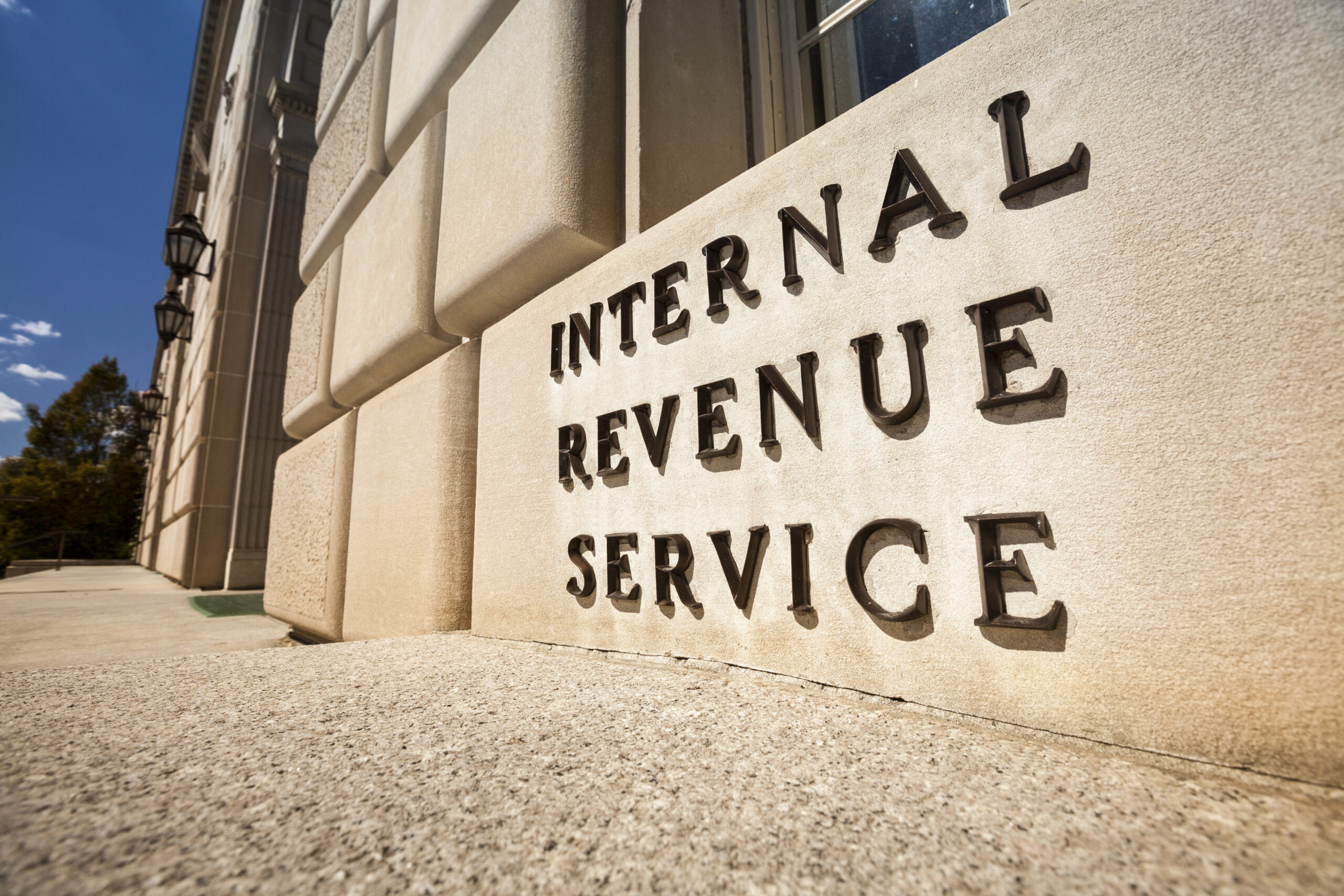
Over 125,000 high-income people who have not filed federal tax returns since 2017 will be mailed letters advising that they must file returns or explain why they don’t need to file a return, the IRS said Thursday.
The letters are being sent to over 25,000 people with more than $1 million in income and to over 100,000 people with incomes between $400,000 and $1 million. They are being sent in cases where, between tax years 2017 and 2021, high-income individuals failed to file returns.
These are instances in which the IRS has received third-party information — such as through Forms W-2 and 1099s — indicating the people received income in these ranges but failed to file a tax return, the IRS said.
The IRS referred to the nonfiler program as a new effort but also said in its release that the program has operated “sporadically” since 2016 because of severe budget reductions and a staff shortage. Money appropriated by Congress through the Inflation Reduction Act of 2022, P.L. 117-169, allowed the IRS to restart it, IRS Commissioner Danny Werfel said.
“The IRS has known these people are out there, and they involve some very prosperous households,” Werfel said in a call with reporters. “But we didn’t have the staffing or the resources to pursue these cases, which take time and staff hours.”
The third-party information on the nonfilers indicates economic activity of over $100 billion, but the IRS does not know which credits and deductions these people may have. Using a conservative estimate, the IRS believes hundreds of millions of dollars of unpaid taxes are involved.
The IRS will begin mailing the compliance alerts for failure to file a tax return, formally known as the CP59 Notice, this week, Werfel said. Between 20,000 and 40,000 letters will go out each week, beginning with nonfilers in the highest income categories.
Generally, nonfilers will have eight weeks to respond, Werfel said. A failure to respond ultimately can lead to collection and audit action, along with potential criminal prosecution. The IRS also can file a substitute for return (SFR), based on the wages and other income reported by employers, financial institutions, and others.
The return factors in the tax, penalty, and interest owed by the taxpayer. The failure-to-file penalty amounts to 5% of the amount owed every month, up to 25% of the tax bill.
The tax return the IRS prepares for these taxpayers will likely lead to a tax bill, which, if unpaid, will trigger the collection process. This can include such actions as a levy on wages or a bank account or the filing of a notice of federal tax lien. If a taxpayer repeatedly does not file, they could be subject to other enforcement measures, such as additional penalties and/or criminal prosecution.


